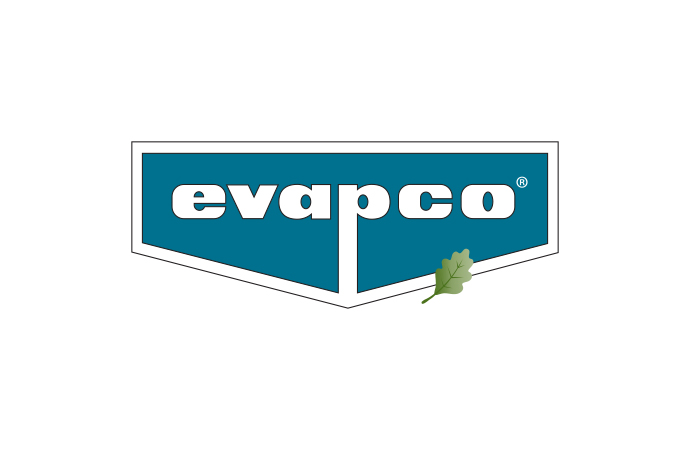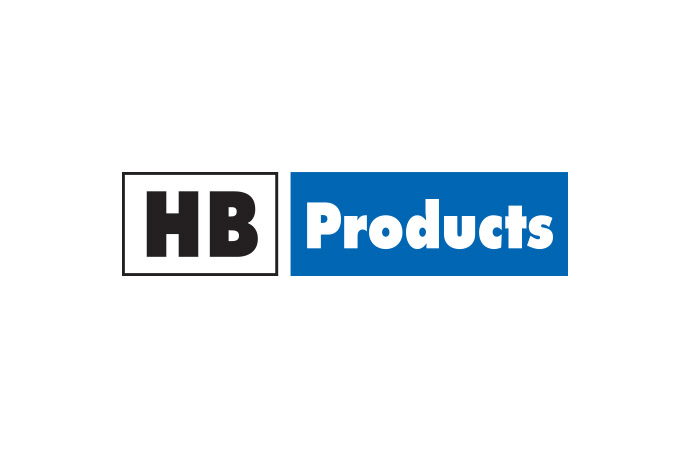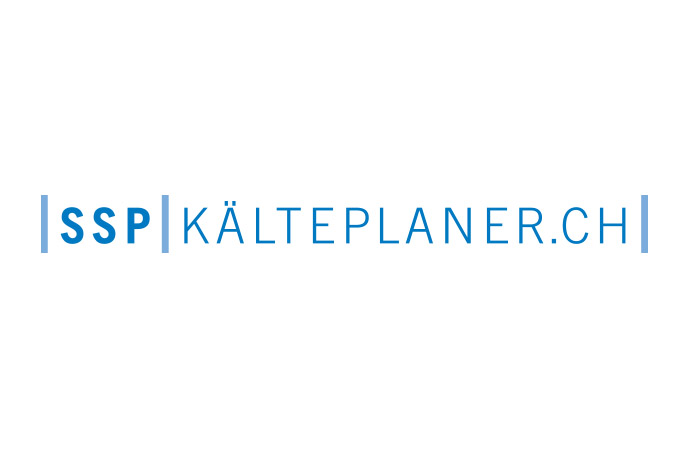A new International Energy Agency (IEA) roadmap for heating and cooling systems underlines the importance of heat pumps in the transformation of the buildings sector towards a low carbon future, envisaging 3,500 million installed heat pumps in the residential sector worldwide by 2050. Further R&D is required to reduce costs and develop new products, while heat pump systems integrated with thermal energy storage will become the norm.

In a June 2008 meeting in Aomori, Japan, Ministers from G8 countries requested the International Energy Agency (IEA) to prepare energy technology roadmaps to advance innovative energy technologies.
Published in 2011, the “Energy Efficient Buildings: Heating and Cooling Systems roadmap” is the first roadmap for the buildings sector, setting out a vision for heating and cooling equipment if the world is to achieve a 50% reduction in energy related CO2 emissions by 2050.
The role of heat pumps
The IEA has narrowed down the key technology options for heating and cooling in buildings to those with the greatest long-term potential for CO2 emissions reductions, namely:
The increased deployment of heat pumps for space and water heating, as well as the use of more efficient heat pumps for cooling account for 63% of the total heating and cooling technology savings. To achieve this target, 3,500 million heat pumps would need to be installed in the residential sector by 2050 worldwide, compared to an estimated 800 million units installed worldwide in 2010.
Heat pump R&D needs and efficiency goals
Overall, the IEA assesses that public and private sector investment in RD&D for heating and cooling technologies needs to increase by $3.5 billion (€2,45 billion) per year above today’s levels by 2030. RD&D should focus on reducing system costs and improving performance as well as optimising existing technologies for all heating and cooling applications and market segments.
Regarding heat pumps, although they are a mature technology for many applications, further R&D is required to reduce costs, improve performance and develop new products that are optimised for a wider range of applications. The roadmap recommends the following R&D action:
More specifically, the roadmap identifies the following areas where research is needed:
Thermal energy storage can improve system efficiency by avoiding partial load operation or operation at other suboptimal times, by taking advantage of waste energy, or by shifting demand over time to reduce peak loads. Moreover, it can facilitate the greater use of renewable energy by storing the energy produced to coincide with demand.
The IEA recognises the important role of thermal energy storage, envisaging a deployment goal whereby half of all space heating and hot water systems will be associated with thermal energy storage by 2050.
For example, integrated heat pump systems for heating and cooling, which use conventional storage (hot water systems), underground storage and compact thermal storage will provide the following benefits:
The International Energy Agency (IEA), an autonomous agency, was established in November 1974. Its primary mandate was – and is – two-fold: to promote energy security amongst its member countries through collective response to physical disruptions in oil supply, and provide authoritative research and analysis on ways to ensure reliable, affordable and clean energy for its 28 member countries and beyond. The IEA carries out a comprehensive programme of energy co-operation among its member countries, each of which is obliged to hold oil stocks equivalent to 90 days of its net imports.
Published in 2011, the “Energy Efficient Buildings: Heating and Cooling Systems roadmap” is the first roadmap for the buildings sector, setting out a vision for heating and cooling equipment if the world is to achieve a 50% reduction in energy related CO2 emissions by 2050.
The role of heat pumps
The IEA has narrowed down the key technology options for heating and cooling in buildings to those with the greatest long-term potential for CO2 emissions reductions, namely:
- Active solar thermal
- Combined heat and power (CHP)
- Heat pumps for cooling, and space and water heating
- Thermal storage
The increased deployment of heat pumps for space and water heating, as well as the use of more efficient heat pumps for cooling account for 63% of the total heating and cooling technology savings. To achieve this target, 3,500 million heat pumps would need to be installed in the residential sector by 2050 worldwide, compared to an estimated 800 million units installed worldwide in 2010.
Heat pump R&D needs and efficiency goals
Overall, the IEA assesses that public and private sector investment in RD&D for heating and cooling technologies needs to increase by $3.5 billion (€2,45 billion) per year above today’s levels by 2030. RD&D should focus on reducing system costs and improving performance as well as optimising existing technologies for all heating and cooling applications and market segments.
Regarding heat pumps, although they are a mature technology for many applications, further R&D is required to reduce costs, improve performance and develop new products that are optimised for a wider range of applications. The roadmap recommends the following R&D action:
| Action area | Milestones |
| R&D into more efficient components and systems for heat pumps for heating and cooling applications, as well as to reduce first-costs for heat pumps for heating and cooling. | 20% improvement in COPs by 2020; 50% by 2030 15% reduction in costs by 2020; 25% improvement by 2030 |
| More efficient integrated heat pump systems (capable of simultaneous space/water heating and cooling) capable of meeting needs of low- energy buildings and interfacing with smart grids/home energy management systems. | Begin deployment in 2015, widespread deployment from 2020 |
| Efficient low-temperature space heating systems and high-temperature space cooling systems integrated with heat pumps. | All new buildings capable of accepting low-temperature heating/high-temperature cooling by 2020 in OECD |
| Development of hybrid heat pump systems (e.g. with solar thermal) with very high efficiency and CO2 savings | Widespread deployment from 2020-25 |
More specifically, the roadmap identifies the following areas where research is needed:
- Equipment and components: Decrease costs and increase reliability and performance through more efficient components. The key component areas are:
- Heat exchangers;
- Compressors;
- Expansion devices/valves;
- Fans, circulators and drives;
- Heat pump cycles;
- Variable speed compressors;
- Defrosting strategies;
- Advanced system design (including for colder climates);
- Smart controls
- Systems/applications: Optimise component integration and improve heat pump design and installations for specific applications to achieve higher seasonal efficiency in wider capacity ranges. Improve optimisation with ventilation systems in larger applications.
- Control and operation: Develop intelligent control strategies to adapt operation to variable loads and optimise annual performance. Develop automatic fault detection and diagnostic tools. Improve communication with building energy management systems and upstream to smart energy grids.
- Integrated and hybrid systems: Develop integrated heat pump systems that combine multiple functions (e.g. space-conditioning and water heating) and hybrid heat pump systems that are paired with other energy technologies (e.g. storage, solar thermal and other energy sources) in order to achieve very high levels of performance.
Thermal energy storage can improve system efficiency by avoiding partial load operation or operation at other suboptimal times, by taking advantage of waste energy, or by shifting demand over time to reduce peak loads. Moreover, it can facilitate the greater use of renewable energy by storing the energy produced to coincide with demand.
The IEA recognises the important role of thermal energy storage, envisaging a deployment goal whereby half of all space heating and hot water systems will be associated with thermal energy storage by 2050.
For example, integrated heat pump systems for heating and cooling, which use conventional storage (hot water systems), underground storage and compact thermal storage will provide the following benefits:
- In cooling mode, the heat generated can be used to produce hot water that can be stored for when it is needed.
- In heating mode, the cold generated can be used to chill water that can be stored for when it is needed.
- In space heating and cooling applications, heat pumps can be operated at the optimal time to maximise the efficiency of the system and avoid operation at very low or very high outside temperatures.
The International Energy Agency (IEA), an autonomous agency, was established in November 1974. Its primary mandate was – and is – two-fold: to promote energy security amongst its member countries through collective response to physical disruptions in oil supply, and provide authoritative research and analysis on ways to ensure reliable, affordable and clean energy for its 28 member countries and beyond. The IEA carries out a comprehensive programme of energy co-operation among its member countries, each of which is obliged to hold oil stocks equivalent to 90 days of its net imports.
MORE INFORMATION
Related stories



















_1522327086.png)





